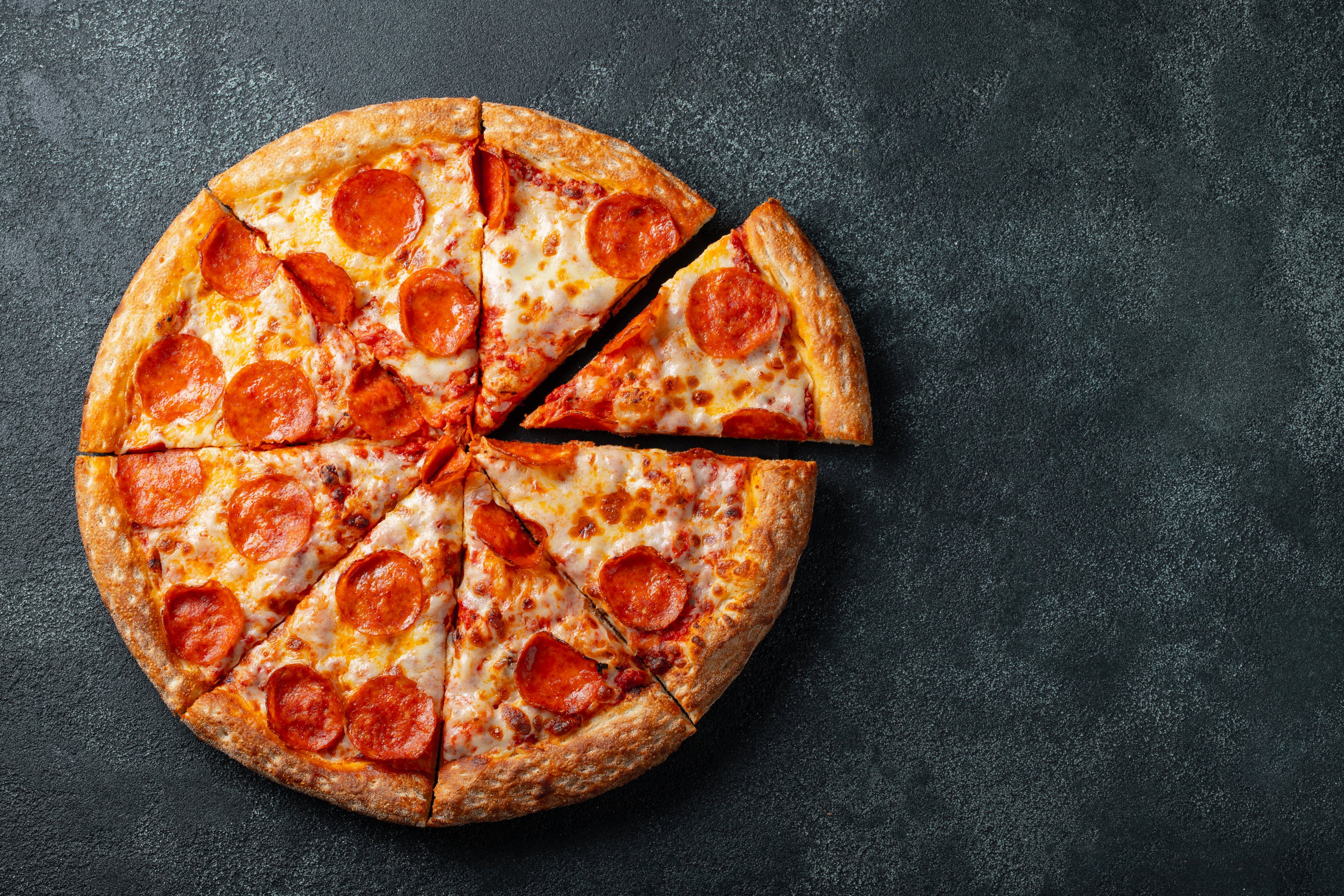Investors had been hoping for good news from Domino's Pizza's (DPZ 0.18%) second-quarter results. The official accounting of growth through the early days of COVID-19 lockdowns in the U.S. was bound to show significant sales and market-share gains as customers turned to its delivery products while most sit-down and casual dining restaurants closed or scaled back their operations.
On Thursday, the pizza chain confirmed most of those positive trends, with sales jumping in the core U.S. market and continuing to rise internationally despite lingering store closures.
Sales gains held
Consumer demand moved sharply with each passing week in the quarter, which started on March 23 and thus synced up almost exactly with maximum social distancing efforts in Europe and North America. Domino's said in late May that sales gains accelerated through most of April and May, and this report confirmed that blistering growth pace while adding some important context.

Image source: Getty Images.
Comparable-store sales rose 16% for the full quarter in the U.S. market, meaning that growth did not slow down after mid-May but instead accelerated slightly. Management said the results were "positive impacted by customer ordering behavior during the COVID-19 pandemic." Thanks to its robust delivery network and value-based focus, Domino's saw a huge influx of demand from people seeking convenient at-home eating options.
Sparkling finances
Domino's business easily handled the extra volume stress. Supply chain costs held steady, and so operating margin remained at 39% of sales. The chain also cut some selling expenses even as it boosted advertising. Overall, net income jumped to $119 million, or 12.9% of sales, compared with $92 million, or 11.4% of sales a year ago. Per-share earnings rose 37%, with help from aggressive stock repurchase spending and lower taxes.
The fast-food giant's cash trends are similarly strong, with operating cash flow landing at $212 million over the past six months compared with $202 million last year. Domino's debt remains elevated at $4.1 billion but has held steady since the start of the year.
Looking ahead
While it's clear that Domino's fiscal 2020 will show stronger sales growth than last year's 2% uptick, there are a few caution signs in its operating metrics. The international segment is seeing some of its slowest gains in years, and the recent 1.3% boost in that division only barely kept the chain's 106-quarter growth streak intact.
It's also likely that consumer demand will start shifting back toward reopened restaurants. Rivals in the fast-food and casual dining spaces, from Chipotle to Shake Shack, are pouring cash into the delivery and take-away segment.
The good news is that Domino's seems ready to handle those challenges without much of a disruption in its growth. And its efficient store footprint should allow it to maintain nearly all its store base through the shakeout in the wider restaurant industry over the next year or so. Altogether, this stock still looks like a good long-term bet for investors who want exposure to growth in the fast-food industry without taking on loads of risk over what could be recessionary selling conditions through early 2021.






